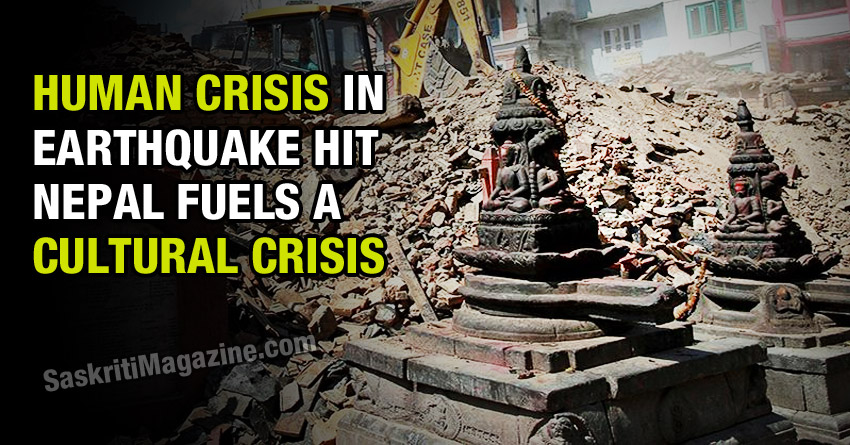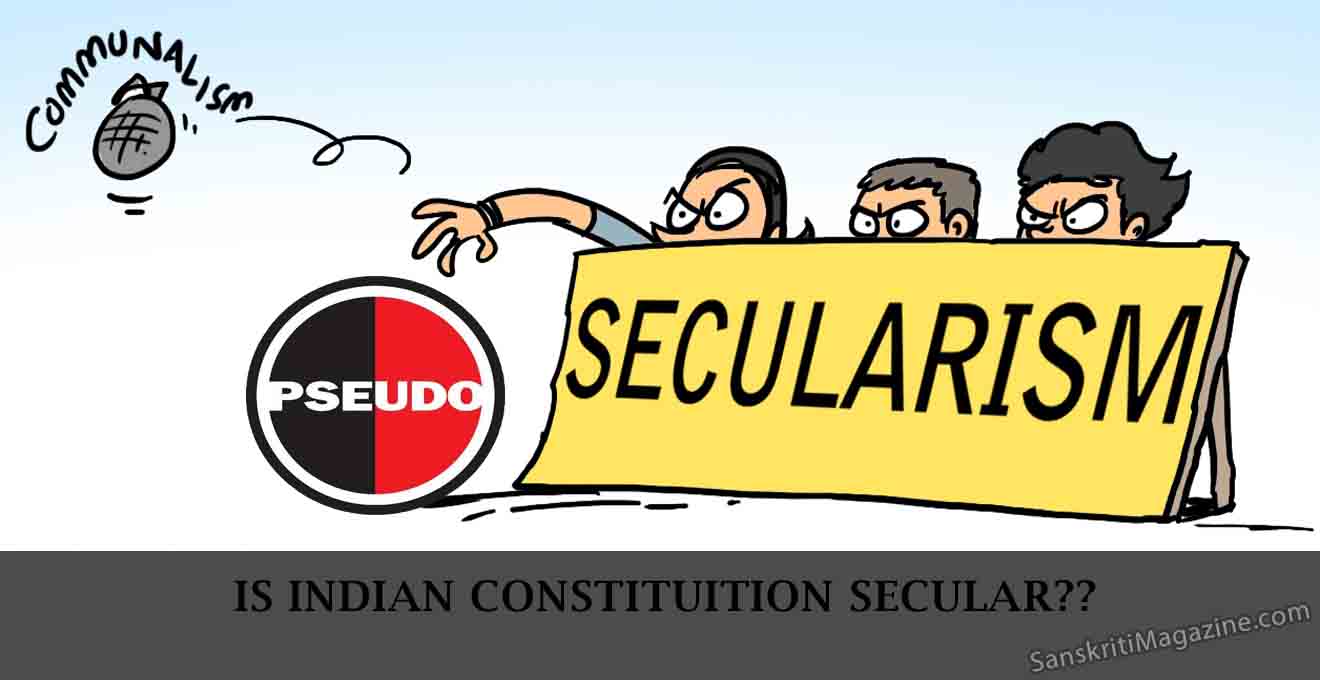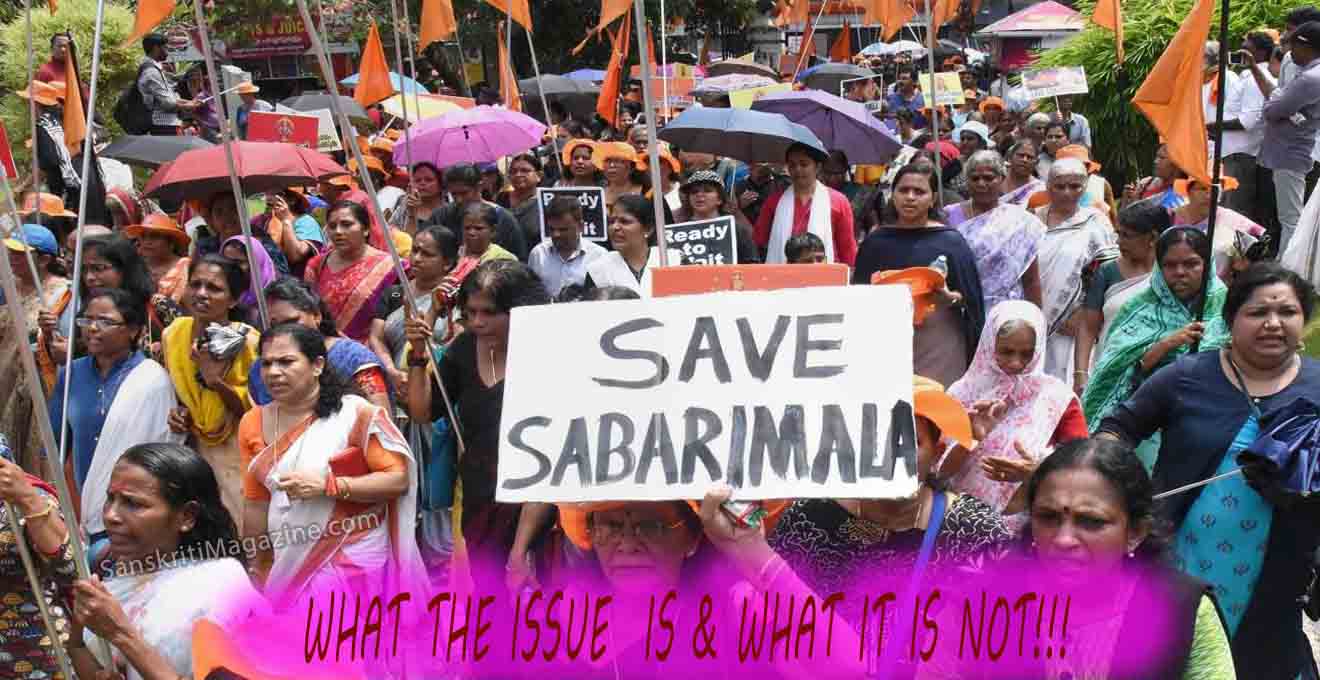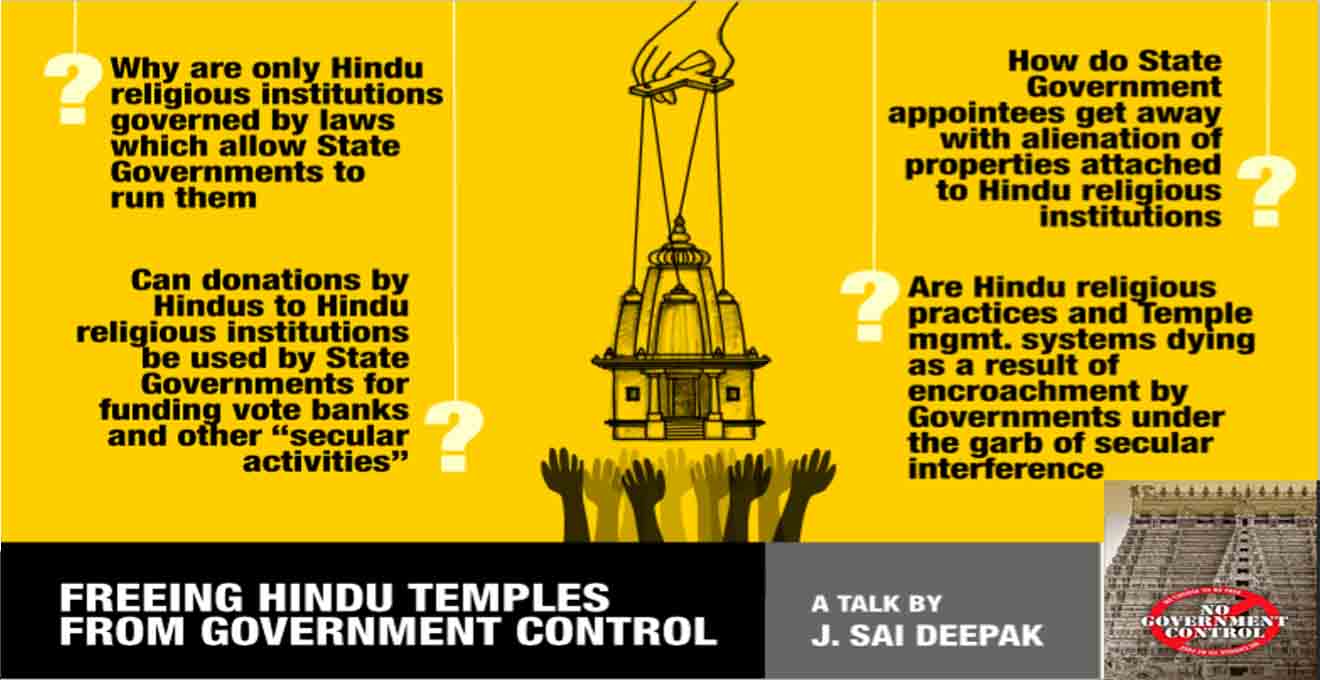On Kathmandu’s Basantapur Durbar Square on Tuesday, a heavy wooden beam was slipping down what was left of the Maju Dega Temple.
Members of a volunteer search-and-rescue team were clambering up and down the temple’s base, using the beam as a stepladder and occasionally sending a shower of bricks crashing onto it. It would end up on a pile of timber, in a square traversed by people, exposed to the rain.
If you worked as an antiquities dealer, you would note certain things about the beam: It was intricately carved with the image of two deities and possibly dated to the 17th century – the kind of piece that could sell for many thousands of dollars at an auction house in the West.
In the three days since a magnitude 7.8 earthquake struck Nepal, the death toll has mounted so quickly, to more than 5,000, that most concerns other than the health and safety of its people have been put aside. Hope for finding survivors was waning, and tens of thousands of people are living in tents despite heavy rains. Reserves of clean water are running low.
But in the meantime, in many places, the detritus of centuries-old temples and palaces has been left unguarded, diminishing chances to eventually rebuild one of the world’s largest clusters of cultural heritage sites. Pedestrians, possibly for sentimental value, are walking away with bricks from the 19th-century Dharahara Tower, which crashed to the earth Saturday, trapping at least 40 people inside.
On Monday, after a citizen called an official in Nepal’s Department of Archaeology to report having thwarted an attempt to steal a bronze bell from the roof of a temple here in the capital, the authorities took some first steps to guard against looting. A notice was printed in a local newspaper Tuesday, warning that anyone taking artifacts would be punished.
But there was also a sense of helplessness at the magnitude of the calamity that has befallen the Kathmandu Valley, a place meticulously documented by preservationists and named a World Heritage Site by UNESCO in 1979.
“Nobody is really able to do this – the government not, UNESCO not, so I think all have to work together,” said Christian Manhart, the head of UNESCO’s office in Kathmandu. “There are thousands of sites, and we cannot put a policeman or military on each of the sites 24 hours a day. They are needed for other purposes. So it’s impossible, as you can imagine.”
UNESCO’s top official, Irina Bokova, said in an interview Monday that she was unaware of any natural disaster in modern times that had damaged so much cultural heritage.
A dull, deep sadness hung around the valley’s most celebrated neighborhoods this week. Two days after the earthquake, a steep, narrow street in Bhaktapur, an ancient pink-brick city several miles from Kathmandu, had been so completely abandoned by its residents that a visitor could hear no sound except pigeons cooing.
A glance up explained why: cracks zigzagged up the faces of the brick houses, tall, elegant structures with carved windows, some of which had toppled inward Saturday, crushing the people inside. Occasionally Tuesday, residents would dash in to grab bags of rice or other supplies, but their fear was still so intense that they would not stop to talk.
Sitting on a curb on Yalachhen Street, in no hurry to go anywhere, was Kishor Rajbhandari, who sat gazing at the house that had belonged to his family for three generations.
“This is my house,” he said. “It’s almost gone. Outside it looks all right, but inside, there are cracks in every corner. If the next 6.5 comes, it goes out.”
The city of Kathmandu was built at the intersection of two trade routes linking China and India, and its architectural heritage reflects overlapping influences: miniature Buddhist votive structures from the seventh century, decorated with fine brass and wood carvings; tiered temples made of fired red bricks; monasteries, religious complexes, palaces, courtyards and clusters of tile-roofed homes.
The destruction has been overwhelming. UNESCO has said temple complexes in Kathmandu, Bhaktapur and Patan are almost destroyed. At Basantapur Durbar Square on Tuesday, teams of volunteers were shoveling debris off the foundations of two temples that had collapsed Saturday; ambulances arrived to remove two bodies the volunteers found. A few police officers stood in the square but made no attempt to supervise the effort.
“There is no organization whatsoever,” said Kaitlin Bull, 22, a tourist from Canada who spent four hours helping clear rubble off Maju Dega. “It’s just a free-for-all.”
In the hurry to remove the rubble, carved beams and struts had ended up in piles of scrap wood, although a few particularly beautiful carvings – like one pink-stained piece showing women frolicking acrobatically below two smiling gods – had been set aside.
Anil Adhikari, a police inspector at a station in the square, said that the only arrests for looting in the square were of eight teenagers who had planned to sell wood carvings at an antiques market. Outside the police station, Adhikari had collected about a dozen statues of gods and goddesses.
Officials said that the issue of looting had taken on more urgency in the past several days, but each seemed to hold another agency responsible for securing the sites.
Adhikari said his police station had informed officials from the government’s Archaeology Department of the treasures in the rubble, but the department’s officials had not come.
Chandra Mani Adhikari, a member of the government’s national planning commission, said he had instructed the department to “take action to preserve all these things quickly.”
The director general of the Archaeology Department, Bhesh Narayan Dahal, for his part, said he had visited the city’s police and district officer and “requested him to please provide more and more security in that area.”
He had also given orders for the warning against looting to be printed and broadcast and told staff members to visit heritage sites and lock up artifacts in a museum for safekeeping.
“I am too much worried,” he said. “How can I tell you? I am too much worried. How will we save our heritage?”
But that was a subordinate worry on Tuesday in Basantapur Durbar Square, where volunteers were intent on removing the last bodies from the dusty rubble. Shortly after noon, they discovered one, a Nepalese man who was found on his chest, apparently crushed when he tried to run down the temple stairs.
Thomas Bell, a journalist and the author of “Kathmandu,” a 2014 book about the city, was watching the volunteers toss down carved beams, which landed atop each other in a cloud of dust. The beams, he said, should be immediately cataloged, stored and protected from further damage.
In Nepal, “people don’t necessarily place a great deal of value on a piece of wood just because it’s old,” he said. “But if you were to restore the temple, you would want it back.”











